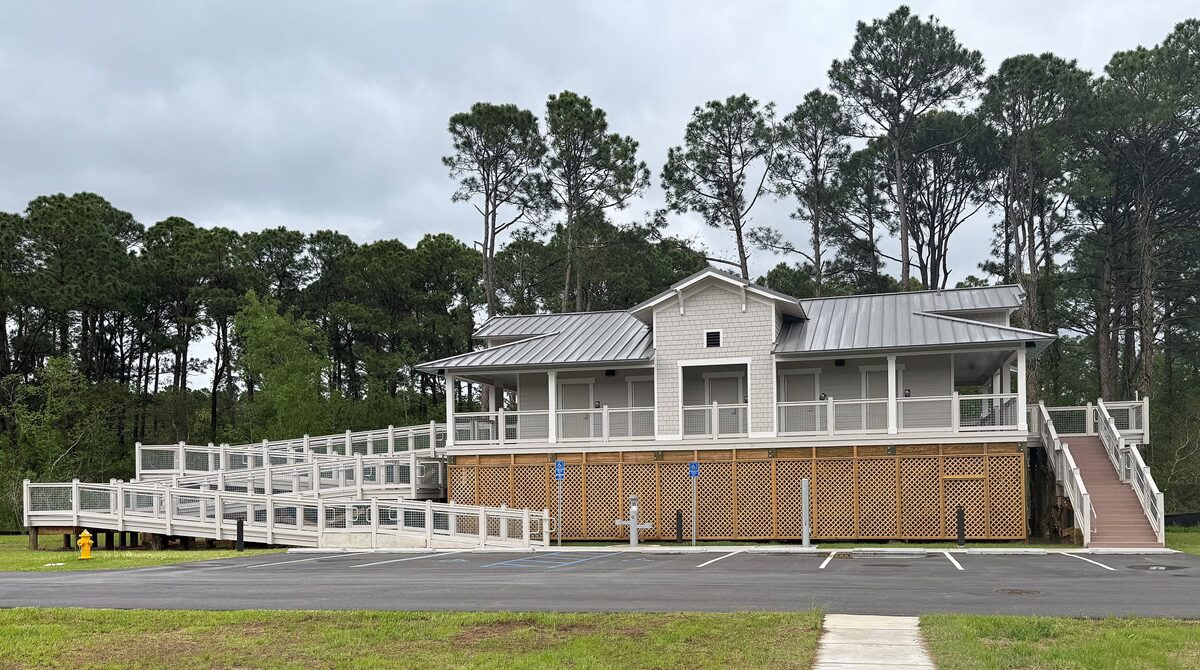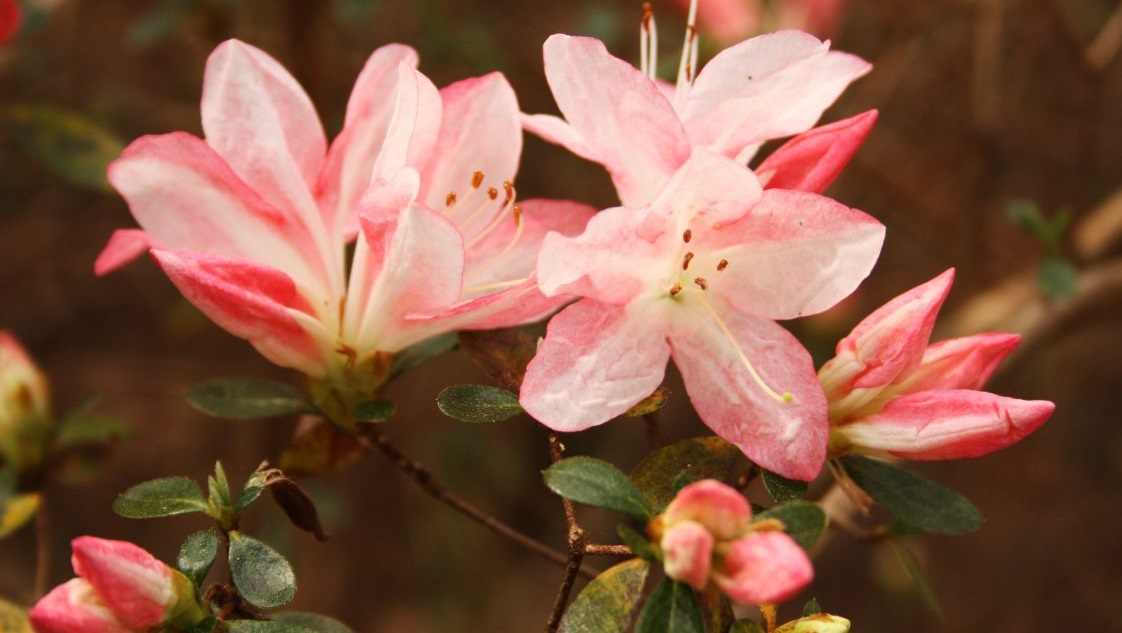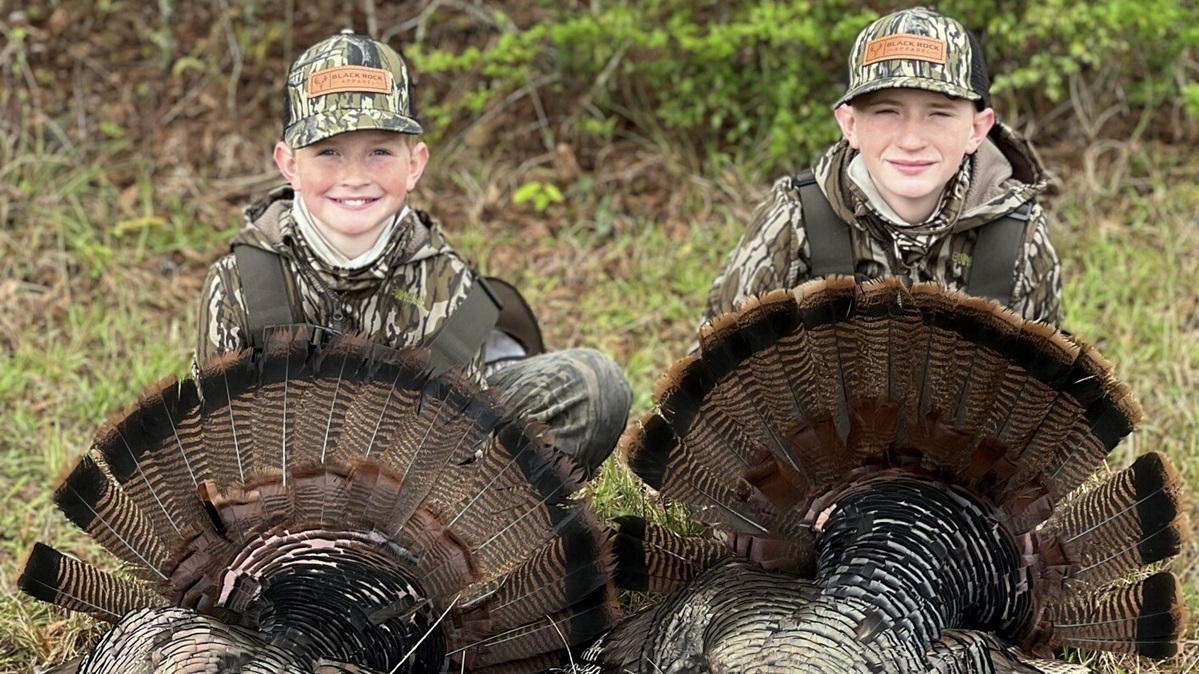Attention Alabama outdoor lovers: Poison hemlock is no joke

Poison hemlock flower heads can be easily mistaken for Queen Anne's lace. This toxic plant is creeping across Alabama. (Alabama Cooperative Extension System)
It can affect you like poison ivy, or way worse.
With spring just around the corner, Alabamians are joyfully preparing for the landscape to burst into flower. But not everything that blooms should be embraced.
Outdoor lovers and farmers beware: Poison hemlock is now creeping across Alabama.
A non-native plant, this species has unique toxic traits. Nancy Loewenstein, an Alabama Cooperative Extension System forestry, wildlife and natural resources specialist, said Alabamians should learn to recognize and steer clear of poison hemlock, and keep pets and livestock away from it.
“Introduced to the United States more than 200 years ago, poison hemlock (Conium maculatum) is a biennial species, meaning it lives for two years,” Lowenstein said.
“In the first year, plants form a rosette or cluster of leaves spreading outward from a short stem and not gaining much height. In the second year, with the help of a well-established taproot, the plants bolt, reaching heights of 3 to 10 feet tall and producing many flower heads. After seeds have set, the plants die but remain standing, and seeds are dispersed to begin the process over again.”
Poison hemlock blooms in early summer with clusters of small, white, five-petaled flowers arranged in the shape of an umbrella. Each leaf contains many leaflets, which are smooth and finely divided and taper to a point. The outline of the entire leaf forms a broad triangle or oval shape.
Poison hemlock can be easily mistaken for the common Queen Anne’s lace, so learning the difference is important. One of the most obvious identifiers of poison hemlock is the purple splotches on its stem.
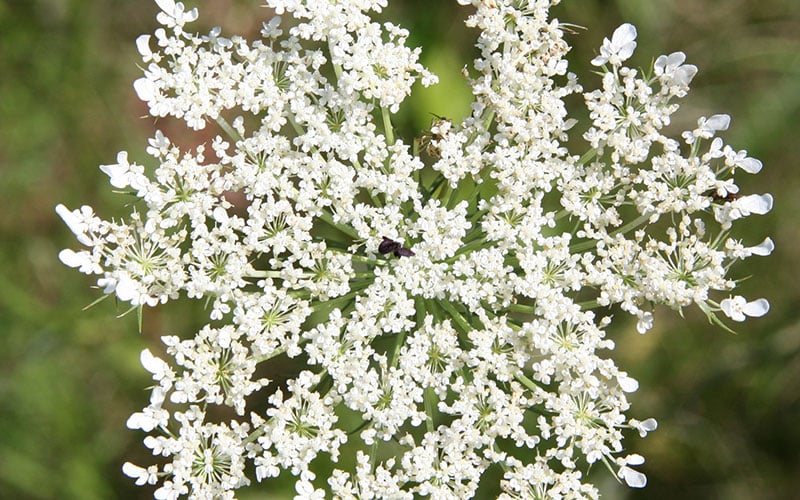
This is Queen Anne’s lace … (Dave Hanson, Minnesota Department of Transportation)
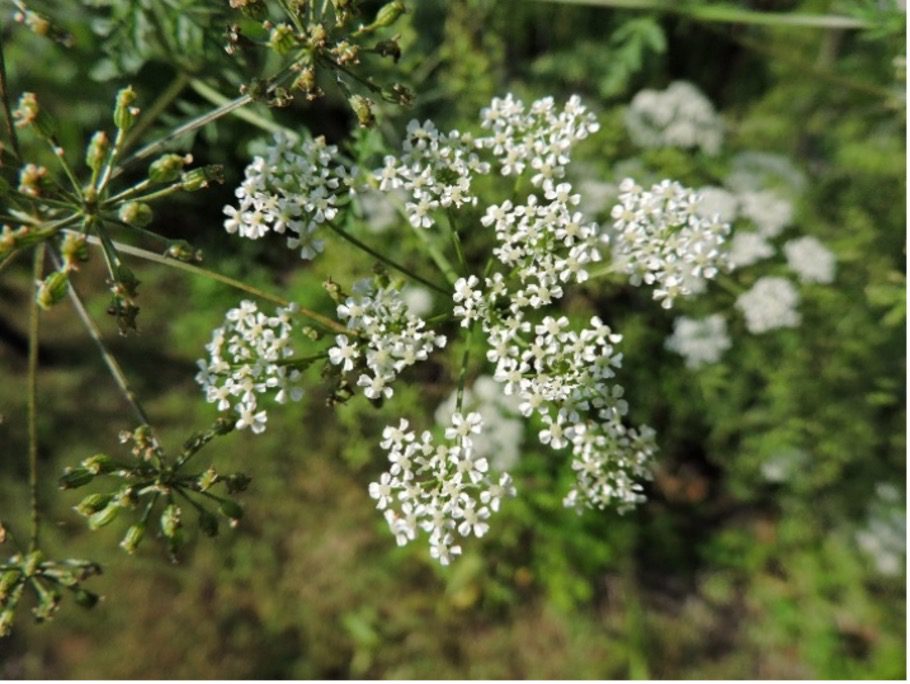
… and this is poison hemlock. (Alabama Cooperative Extension System)
Poison hemlock is slowly moving south through the state. Most reports are coming from north Alabama, including Colbert, Limestone and Madison counties. But it has also been reported further south.
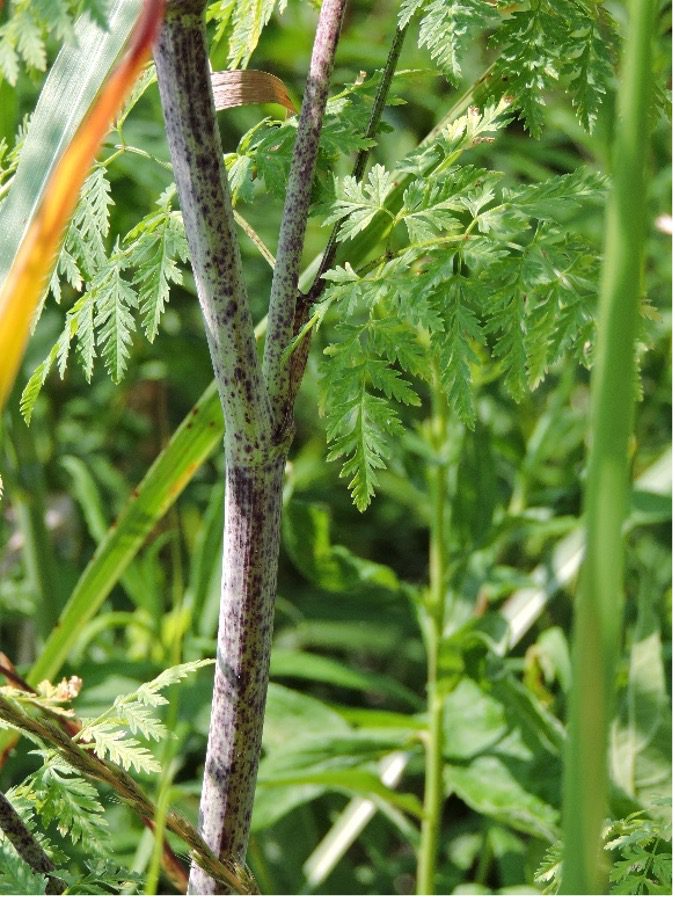
The blotched purple stem tells you it’s poison hemlock. (Alabama Cooperative Extension System)
It grows best in shaded areas with moist soil but can tolerate a range of conditions. Infestations often occur in disturbed areas such as rights-of-way, roadsides and ditches. But it also can be found in pastures, field margins and low-lying areas.
Poison hemlock contains strong, alkaline oils that are highly toxic. Every part of the plant – from the roots to the flowers – is poisonous, especially if ingested. The oils can cause skin irritation, like poison ivy, and the more contact with the plant, the worse the reaction. If ingested by people or pets, reactions can include muscle paralysis, suffocation and, eventually, even death.
“Do not eat any part of this plant,” said Kerry Steedley, an Alabama Extension forestry, wildlife and natural resources regional agent. “Livestock typically avoid eating these plants, as the leaves are unpalatable, but if other feed is not available, the plants may be ingested.”
Steedley said the best control methods for poison hemlock are cultivation and herbicide application. Using tillage prevents seedlings from reentering the soil and mitigates the spread of the plant.
If you choose to remove poison hemlock by hand, be sure to wear gloves, long sleeves, long pants and protective eyewear. Because poison hemlock remains toxic after removal, all plant material must be bagged and placed in the trash, Steedley said.
Poison hemlock isn’t the only plant species of concern in Alabama. Cogongrass, Chinese tallowtree and kudzu are just three of many more. To learn more about these unwanted species and how to control them, visit the Alabama Extension website, www.aces.edu.
A version of this story originally appeared on the Alabama Cooperative Extension System website.

